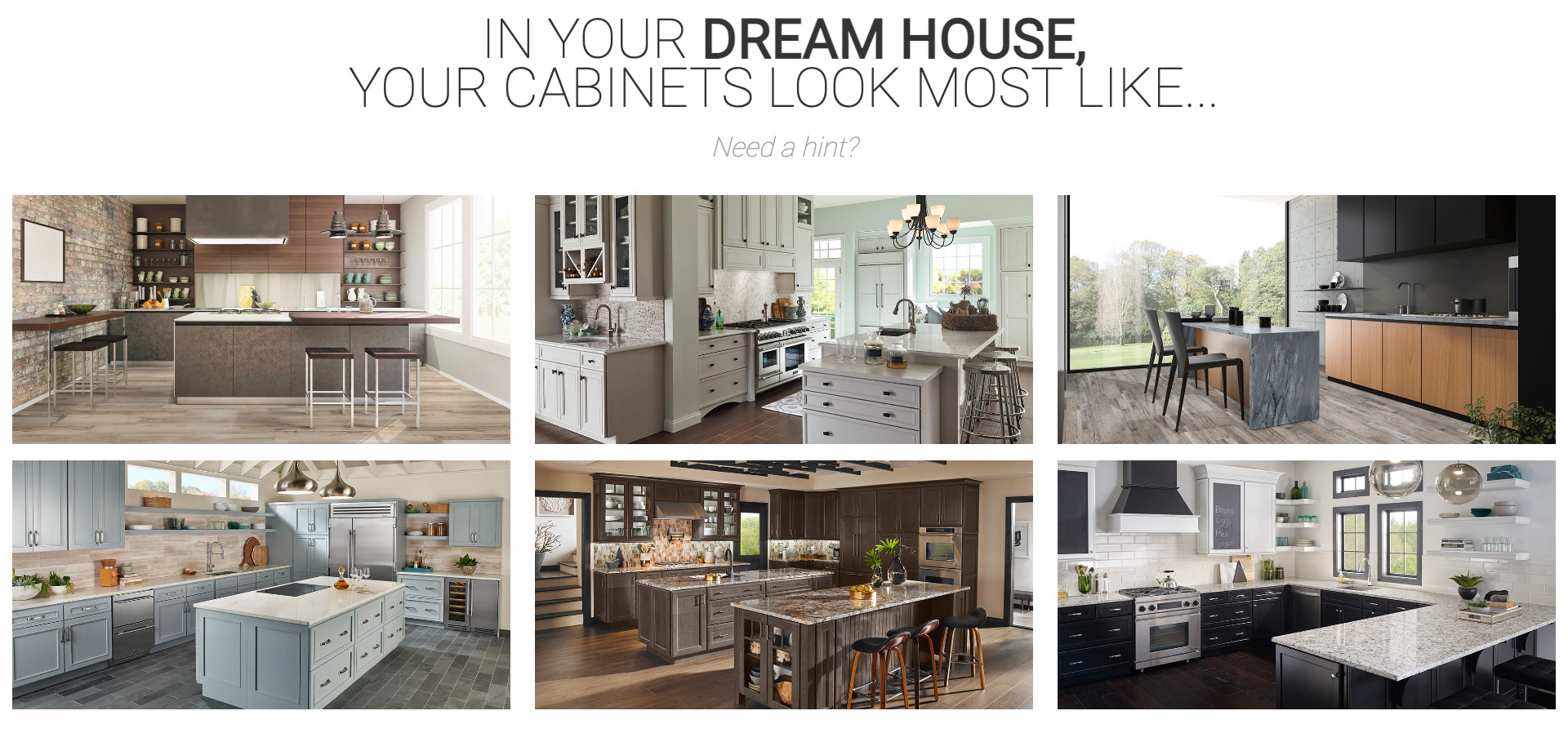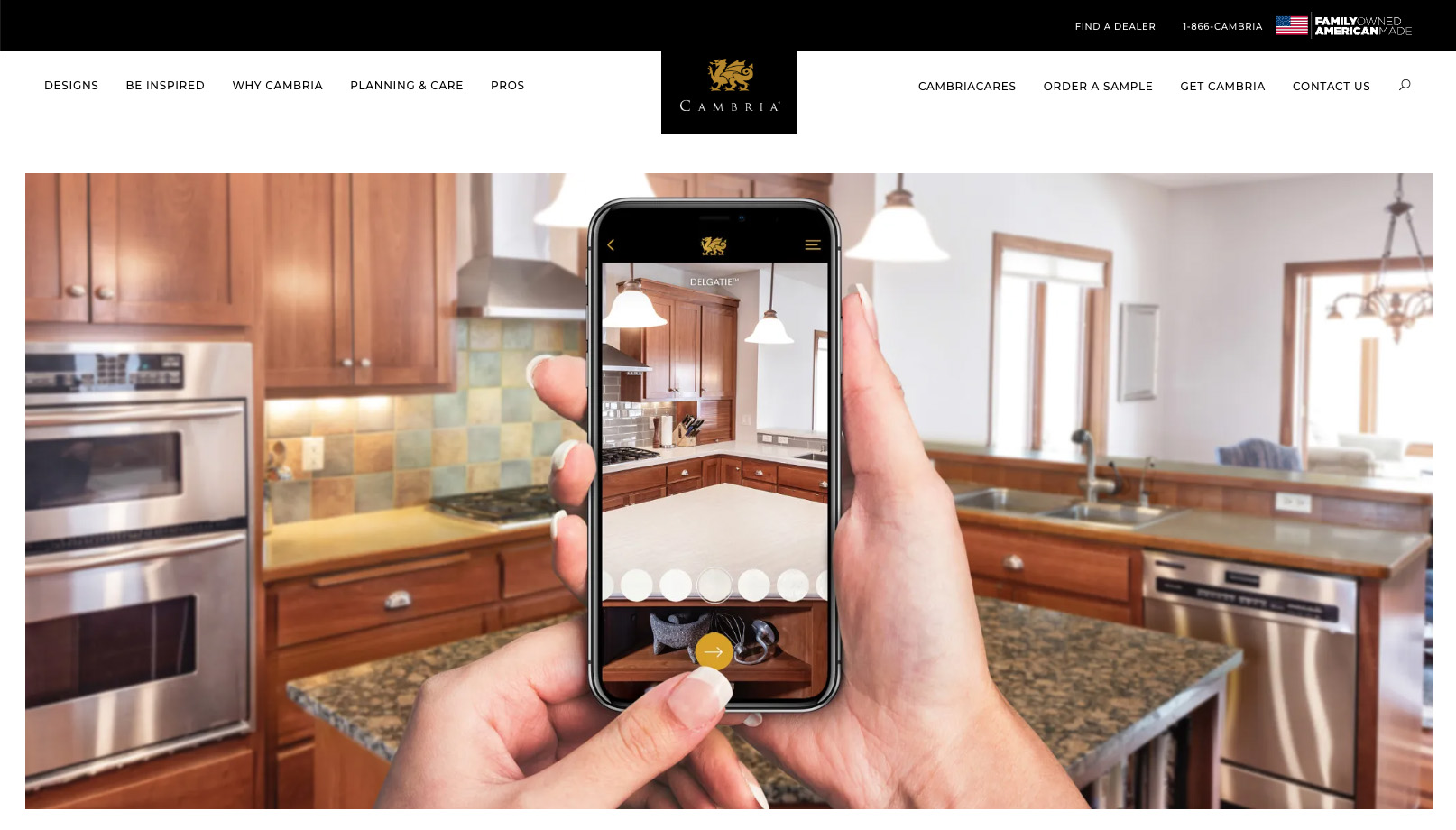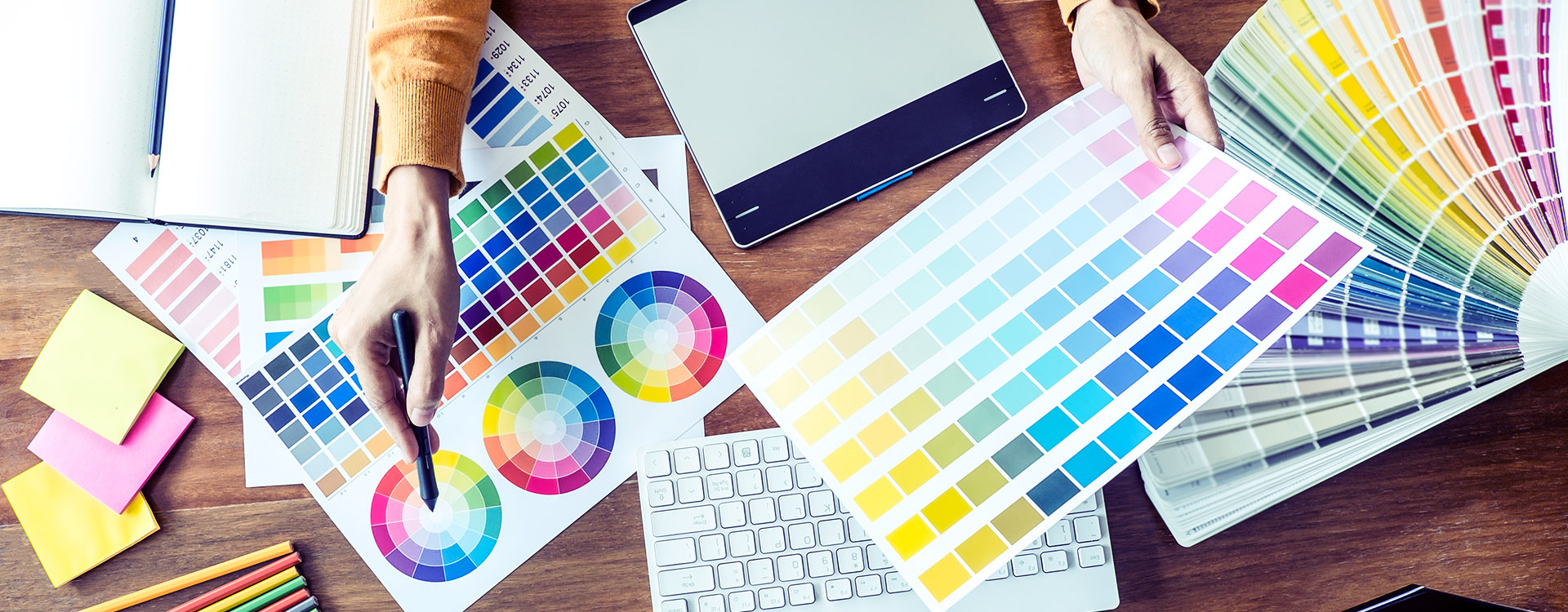The artificial intelligence revolution in interior design
Artificial intelligence (AI) is on everyone’s lips, and many sectors are now studying how to apply it in the not-too-distant future. We’ve talked about the cosmetics, jewellery, and food sectors…but today we’d like to focus on interior design.
Artificial intelligence, which is nothing more nor less than the intelligence of machines, is already being used to optimise various aspects of interior design, which we shall look at in more detail throughout this article. It is estimated that by 2025 it will already be implemented in all sectors. Although design professionals may be reluctant to introduce this technology in future, we mustn’t forget that AI is nothing more than a tool (albeit a very powerful one) to complement work by humans.
How can artificial intelligence optimise interior design?
AI can help designers translate their ideas in a more agile, faster way thanks to machine learning, since it is capable of analysing huge amounts of data and suggesting adjustments to the design. During an interview by Bloomberg, the CEO of IBM, Ginni Rometty, explained that a study had concluded that on average human beings are wrong in a third of the decisions they make. Thanks to AI, this margin of error can be reduced to zero, speeding up decision-making and adapting the design to what the client really wants. Furthermore, thanks to the automation process provided by this type of technology, several sketches can be created with alterations or different ideas, in what we commonly know as A/B tests, so that the client can be given different options to choose from. And all of this is done without tiring one’s hands or eyes by sketching.
This fast A/B prototyping can be done with an AI design tool where basic sketches are scanned, some parameters are introduced, and then machine learning itself takes care of transforming the sketch into 3D technical drawings to work on. Do you think we’re talking about the future? Actually, it’s already the present. Companies like Planner 5D use AI to create 3D technical drawings from paper sketches. You only have to upload a floor plan of a house (the kind that shows the rooms of a building from above). The software then recognises the drawing, renders it and converts it into an interactive one so that we ourselves can work with it, designing things to our liking, almost as if it were an interior decoration video game.
Furthermore—and this is where time optimisation part comes in—AI can suggest design changes or even new ideas thanks to its massive data processing capabilities. This would eliminate tedious hours seeking inspiration, or drawing a blank because one’s brain can’t work out exactly what the design is lacking in order for it to be “perfect”. And vice versa: if you have a specific idea about what you want, let’s say a white sofa in a certain style, then you can upload a rough image of the furniture and let the AI find similar items. An example of how this use can be brought into the real world is The Chair Project. This is a project with which Philipp Schmitt and Steffen Weiss, together with two AIs, designed four different chairs. They all came up with very original designs.
Finally, AI can help customers get a sense of what the space will be like before getting down to work, saving a lot of time and costs on later modifications. By combining artificial intelligence with modern augmented reality techniques, it’s possible to display an accurate 3D model of the furniture in its environment. This helps us close the communication gap between the team and the client, since without having to get down to work, the client can already see the result of the design and decide whether they are happy with it or not.
All of these applications have made the lives of interior designers easier. The best part is that the solutions are fast and affordable. Now we’re going to use some real examples to show you how to apply everything we’ve just mentioned.
AI solutions that designers can use to improve their work
1. Personalised recommendations for users
In 2019, IKEA launched an app that uses an AI to make personalised recommendations for users. These recommendations, as explained on the IKEA website, are based on the personal tastes the client has indicated in advance, with which the app “provides suggestions on interior design for clients with doubts or in need of guidance.” But what’s really surprising about the app is that “the camera can scan a space and the application suggests how to make the most of it”. In other words, thanks to augmented reality, the user can decorate their own room with their mobile phone, choosing from among the products Ikea has in stock and which fit the dimensions of the room. Yes, apps like this focus on customers, but they can also be used as working tools for designers.
Place, IKEA’s augmented reality application for recommending furniture thanks to artificial intelligence.
2. Planner 5D, the best way to view maps in 3D
We have already mentioned Planner 5D, but we cannot go any further with this article without explaining the great impact it has had on the interior design sector.
Planner 5D uses algorithms that study and learn from more than 40 million real-life projects to understand how users typically decorate their rooms, from lamps to positioning TVs or sofas.
The tool excels at enabling users to visualise what their rooms will look like in real time, building everything from the ground up from a floor plan.
Planner 5D thus aims for the customer to play a major role in the design, since the tool can help them visualise the results, as well as add their own suggestions. In this way, the communication barrier is removed, which is usually the most tedious one when it comes to presenting, correcting and finalising projects.
Planner 5D is an app that enables users to design their home thanks to a system fed by 40 million projects.
3. Moodfit, the company that matches you with a designer
Companies like Moodfit have found a way to automate the process of choosing an interior designer. It has achieved this by creating a platform that takes into account consumer tastes and matches them with their “perfect professional”. And all of this is done thanks to AI.
The process is simple: on the Moodfit website, a small banner invites users to take a short quiz, then pairs them with a similar designer in the Moodfit network. After that, the program then uses an algorithm-based tool to match a customer’s taste and calculate their ideal “style.” Thus, the company can ensure the client of a “match” with their perfect professional designer without having to resort to examining countless portfolios and visits to different studios.
All of this is probably reminding you of a certain dating app whose logo is a little flame… We have to admit, Moodfit has brought this modus operandi to the world of interior design! The company is an example of how AI is used in a way that benefits both clients and professionals.
Moodfit, the company that finds the perfect match between interior designers and users.
4. MSI, finding the products you were seeking for yourself
If you are an interior designer or a client looking for a way to tell the designer “Hey, this is just the thing I’m looking for”, then the MSI tool is for you. MSI is a company that creates surfaces that has developed an AI called MSI IMAGE SEARCH. Thanks to this, simply by uploading an image of the product you want, it searches its catalogue for the ones that are the most similar. This same technology could be used with other types of products such as pieces of decoration or furniture, which is perfect for when you’ve seen a photo of something you really like but you don’t even know where to begin looking for it. Problem solved: Upload that photo and wait for the AI to do its magic!
And as for the point we were making about personalised recommendations, MSI also has a quiz to find your perfect countertop based on your answers. You can do it here.

Form created by MSI to enable us to find the perfect countertop.
5. Discover how a surface will look thanks to Cambria AR’s augmented reality
A mobile phone with a camera is all you need to be able to visualise the ideas you have been gathering for a certain space. Interior designers can go from thinking to acting by using the Cambria Augmented Reality tool, which uses “filters” to change the design of a surface, regardless of the manufacturing material.
Just open Cambria AR and scan your kitchen worktop or bathroom dresser with the camera; the tool will map the surface and enable you to apply filters. By doing this, it’s easier to discover whether the tone or material matches the surroundings, either on your own or with the client.

An augmented reality app from Cambria that enables people to visualise different types of surfaces.
Conclusión
AI is the future of home design. Technologies have become increasingly advanced to the point where things that were believed to be impossible only ten years ago have now become reality. Turning a map into an interactive 3D design, uploading a photo and instantly being shown similar products… Artificial intelligence is definitely the technology of our future; a future in which interior design can be simplified for both professionals and clients.
Find out more
Do you need to know how artificial intelligence can transform your organisation?
Get in touch with us. We can organise a training session for your company or a made-to-measure strategic workshop so that you and your employees can discover how artificial intelligence can transform your business.



